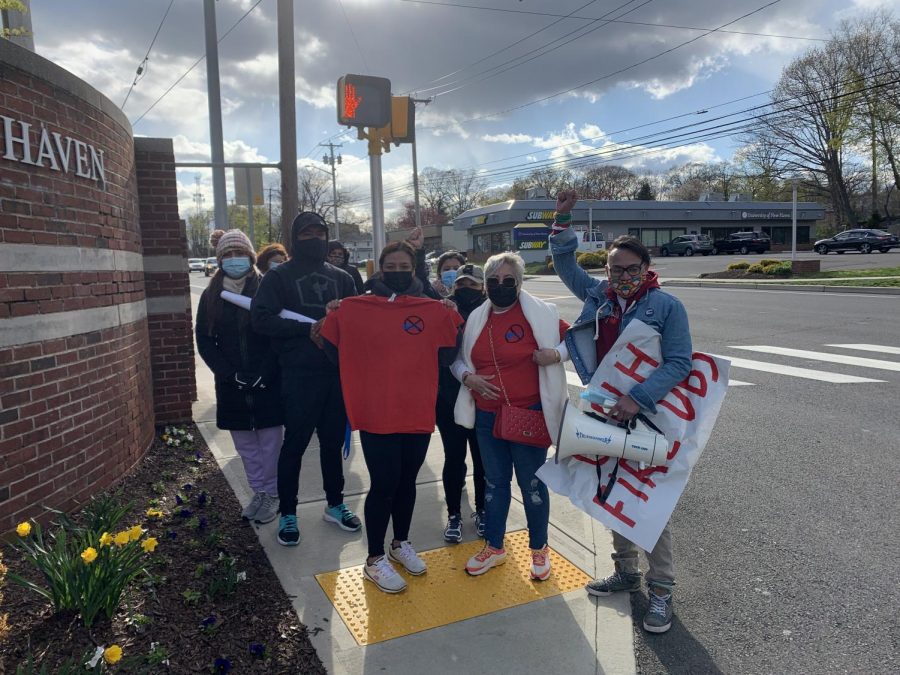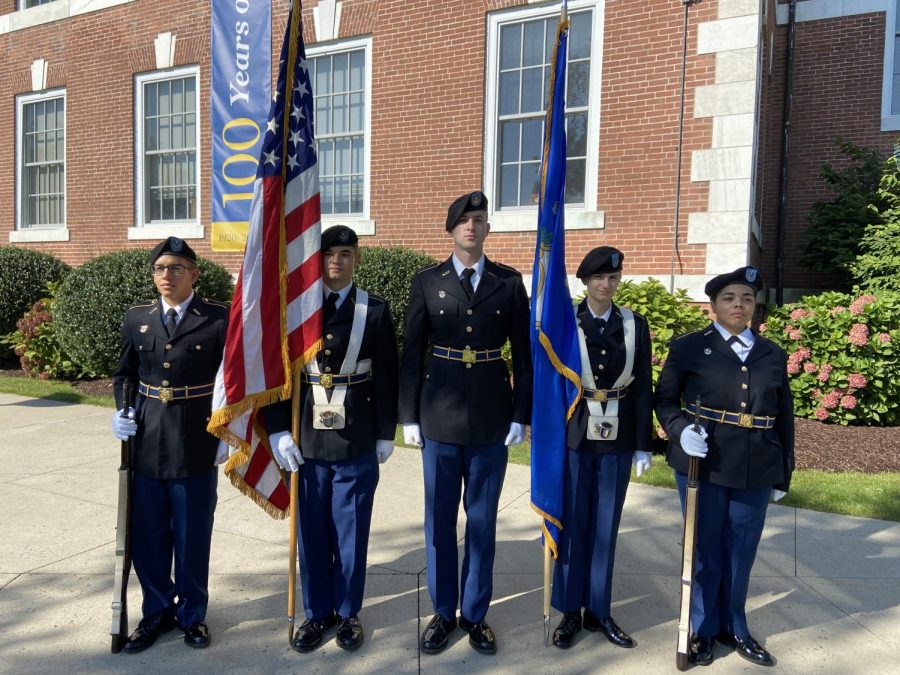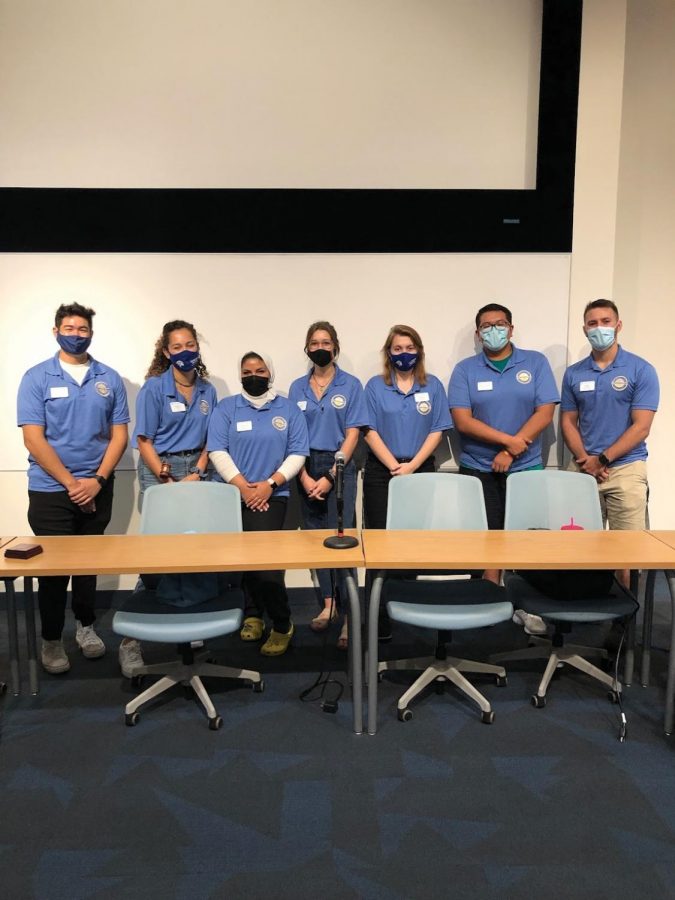WEST HAVEN, CONN. –When police rely solely on DNA and other scientific evidence to solve homicide cases, the number of cases they solve goes down. When they collect DNA and other scientific evidence and don’t analyze it, however, they close more cases than under any other circumstances.
That is according to a recent study of New York City homicide cases conducted by David Schroeder, assistant professor of criminal justice in the Henry C. Lee School of Criminal Justice and Forensic Sciences at the University of New Haven. His research shows that an over-reliance on scientific evidence may be a contributing factor in explaining why New York homicide cases are not solved as frequently as they used to be.
“This research shows that rather than confirm a suspect’s guilt, the DNA analysis failed to provide the police with something useful,” Schroeder says. Since the overwhelming majority of people who are murdered know the person who killed them, the presence of DNA from their friends and family often contributes very little in an investigation, he says.
If police rely too heavily on scientific evidence, they often fail to solve the case, Schroeder says. Police often wait for the results of DNA tests and they neglect to use other investigative tools such as interrogation, witness statements and identifications, according to Schroeder.
Often by the time the scientific results come back, it is nearly impossible to solve the case. Suspects have disappeared and by the time the police discover that the test results do not point to the suspect they had in mind originally, it is difficult to find or use other forms of evidence effectively.
Now Schroeder is planning to see if the New York City results apply in Connecticut and if they apply not only to homicides but also to assaults, burglaries, sexual assaults and robbery cases.
Schroeder has been awarded a three-year, $174,000 U.S. Department of Justice grant to study the impact of forensic evidence on arrest and prosecution of criminal cases.
“There is no existing research which specifically examines how the threat (real or perceived) of analyzing collected forensic evidence may have affected the use of more traditional forms of evidence, for example. suspect interrogations, witness statements and identifications,” Schroeder said.
The study will look at whether a reported crime incident, in which forensic evidence is a factor, resulted in an arrest; whether the case was referred to the district attorney for prosecution; whether an arrested suspect was formally charged; whether a suspect was convicted or entered into a plea agreement; and what the sentence length was for those offenders who were incarcerated.
The Schroeder study will also determine the cost effectiveness of performing scientific analysis of evidence collected versus the conviction rate experienced. “We know that there is plenty of evidence at crime scenes, but very little of it is ever analyzed,” Schroeder said.
Schroeder has been an investigator for the Orange County Public Defender’s Office in California and a private investigator. Working with Schroeder will be Peter Massey, a lecturer in forensic sciences at the Lee College and training coordinator of the Henry C. Lee Institute of Forensic Science. Massey was a police officer and detective for 20 years before being joining UNH.










